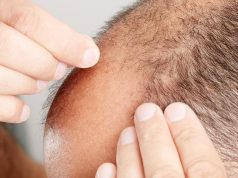New device adheres to the leg with fixtures and screws implanted into the remaining thigh bone
THURSDAY, July 16, 2015 (HealthDay News) — A prosthesis for people with above-the-knee amputations who cannot use a conventional device has been approved by the U.S. Food and Drug Administration.
The Osseoanchored Prostheses for the Rehabilitation of Amputees (OPRA) adheres to the leg with fixtures and screws implanted into the remaining thigh bone, rather than using a socket to fit over the residual limb like a conventional device. The new device is meant for people who don’t have enough of a remaining limb — or have scarring, pain, skin infections, or fluctuating shape of the remaining limb — all of which make use of a conventional device difficult or impossible.
The OPRA device involves two surgeries to implant the necessary hardware, approximately six months apart. Six months of training and rehabilitation follow, before a user is fitted with a customized prosthesis, the FDA said in a news release.
The new product was designated a Humanitarian Use Device, since it is designed to treat a disease or condition affecting fewer than 4,000 people annually, the agency said. Infection was the most common adverse reaction.
The OPRA device is produced by Integrum AB, based in Molndal, Sweden.
Health News Copyright © 2015 HealthDay. All rights reserved.








